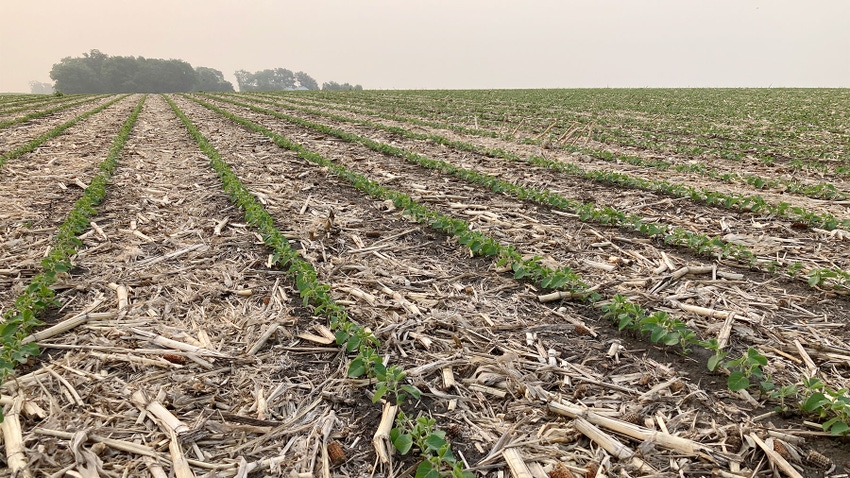April 12, 2024

The 2022 Census of Agriculture was published in February. Published every five years, the census provides an in-depth look at farm production, economics, demographics and practices. For most information categories, methods have been largely unchanged, allowing for the evaluation of trends over the last quarter-century.
Not surprisingly, the 2022 census found fewer Minnesota farms in 2022, at 65,531. For comparison, the 2017 census reported 68,822, while the 1997 census reported 78,755. Interestingly, the number of farmers is up in 2022, at 114,868, compared with 111,760 in 2017.
Average farm acreage continues to grow slowly, having reached 388 acres in 2022, compared with 371 in 2017 and 350 in 1997. Meanwhile, the market value of land and buildings reached $6,107 in 2022, compared with $1,148 in 1997.
Corresponding with this increase, the market value of crops and livestock reached $28.5 billion. Back in 1997, total production in Minnesota was valued at $8.4 billion. Higher commodity prices and higher input costs are certainly reflected in the census.
Agriculture’s environmental footprint continues to change as well. Total cropland shrank from 22.6 million in 1997 to 21.5 million in 2022. More than a million cropland acres are devoted to conservation, including 950,000 in the Conservation Reserve Program and another 282,000 under state conservation easements.
An additional 1.5 million acres of cropland are idled or used for cover crops or soil improvement, not harvested, pastured or grazed. In Minnesota, the focus on cover crops is leading to more acres, although there is still concern about definitions.
Some programs exclude cover crops that are harvested, though these acres may be considered double-cropped. And if the second crop is a winter annual, environmental benefits accrue even where the crop is harvested.
One possible statistic to capture this trend is in acres of haylage harvested, which increased by 33% between 2017 and 2022. Perhaps future census interview questions will help address this issue.
Hay, a perennial crop often credited with environmental benefits, was grown on 1.1 million acres in 2022, down slightly from 1.2 million in 2017.
Intensive tillage uptick
On the tillage front, I was surprised to see a slight increase in acres on which intensive tillage was used. This category saw an increase from 9.5 million acres in 2017 to 9.6 million in 2022. Based on conversations with many farmers, I expected an increase in conservation tillage and no-till. The census found 9.1 million acres in these categories in 2022, compared with 9.3 million in 2017.
Looking closer at tillage statistics, I was reminded about the role of weather in tillage decisions. While we have been on the drier side the past two growing seasons across much of the state, the years leading up to 2022 were very wet.
Annual precipitation records were being set in 2017 and 2018. Even the spring of 2022 was very wet. And for many farmers, tillage is a way to deal with excess water.
Depending on soil characteristics, farmers with long-term reduced-till experience report that their system handles excess rain well. But during the transition from more to less tillage intensity, too much rain can be an issue.
We now eagerly await the 2027 census, which will likely be available in February 2029. What will be the big drivers of change between now and then? It’s safe to say that economics and weather will be two of the largest.
About the Author(s)
You May Also Like






